|
A couple of weeks ago, I wrote a blog post about the unusual orphreys of St. John I had seen in the Dommuseum of Fulda and in a catalogue of the Dom treasure of Frankfurt. As said, I did write to both museums to see if they had more information on the pieces. The writer of the catalogue of the Dom treasure, Dr. Karen Stolleis, is an art historian specialised in liturgical vestments. She was contacted by the Dommuseum Frankfurt, but already knew of the loose orphrey in the Dommuseum Fulda. Both museums were very helpful in providing me with good pictures and all the information they have on the pieces. Unfortunately, the coat of arms on the loose orphrey in Fulda has so far not been identified. Dr. Karen Stolleis believes that the unusual orphreys with their silken backgrounds were inspired by the famous Kölner Borte. But what are they? Here you see a chasuble (ABM t2011) held at the Museum Catharijneconvent in Utrecht, the Netherlands. It was made in Cologne between 1425-1450. The original red velvet is decorated with woven bands. These are the so-called Kölner Borte. They are typically between 6 and 15 cm wide and made in Cologne from the 13th- till the 16th-century. The warp is made of linen and the weft of coloured silks and membrane gold. In addition, details can be added with embroidery. For my own research, I largely ignore the Kölner Borte. It is very hard to determine if certain details are woven or stitched. Especially when working from pictures. And catalogues, mainly written by art historians, aren't always clear in their attribution. A typical Kölner Borte shows writing in Gothic lettering and can also show scenes such as the crucifixion or a saint. The parts with the letting (often 'Maria' and 'Ihesus') and rosettes or abstract trees are often repeated. These parts could be created in advance and combined with a more unique band. In this case a band with the crucifixion, James the Great, Peter and the coat of arms of Katharina van Kleef (1417-1476). When people think of the Netherlands, they commonly refer to 'Holland' with the city of Amsterdam. And indeed, during the Dutch Golden Age in the 17th-century, this was and still remains one of the most important economic parts of the Netherlands. However, during the Middle-Ages, the Duchy of Guelders (present-day province of Gelderland, large parts of the province of Limburg and North Rhine-Westphalia in Germany) was an economic powerhouse and a global player. With a ruling dynasty to match. Think the Tudor dynasty is 'interesting'? Meet this lot ...
Katharina van Kleef married Arnold van Egmont (1410-1473), Duke of Guelders, when she was only 13-years old. She was an extremely good match for 20-year old Arnold. Through her mother, Mary of Burgundy (1393-1463), she was a niece of Philip the Good (1396-1467). Katharina's and Arnold's daughter, Mary of Guelders (1429/1434-1463), married James II of Scotland (1430-1460) and became the great-great-grandmother of Mary Queen of Scots. Just saying ... Meanwhile, Arnold wasn't very good with money nor with managing the conflicting loyalties in his own family. When his wife and her uncle, Philip the Good, met and hacked out a plan to get the larger cities to revolt, son Adolf was put on the throne and Arnold imprisoned. The pope wasn't amused and excommunicated Adolf. Years of unrest followed, the House of Burgundy got more and more involved in Guelders' affairs and pursued her own interests. Arnold died first, then Adolf and in the end, the Duchy of Guelders became part of the Spanish Netherlands in 1556. Nominally, the Duchy of Guelders continued to exist until 1795 but was never to be independent again. I still feel the pain. By now you must have guessed that I was born in Gelderland :). Literature Leeflang, M. & K. van Schooten (eds), 2015. Middeleeuwse borduurkunst uit de Nederlanden. Utrecht: Museum Catharijneconvent. Stolleis, K., 1992. Der Frankfurter Domschatz Band I Die Paramente. Kramer, Frankfurt. P.S. Want to know more about the Duchy of Guelders and its rulers? The YouTube channel of the 'Ridders van Gelre' provides you with the other history of the Netherlands. Accurate, but always with tongue in cheek.
4 Comments
16/11/2020 16:55:48
Maybe I should write to Philippa Gregory? Just in case she has enough of the Tudors :).
Reply
Sue Lucas
16/11/2020 20:22:36
That'd be awesome. I'd love to read about them 😉
Dorothy
16/11/2020 15:20:38
Darn! I am monolingual and, although I was enjoying the beautiful scenery in the YouTube video, I don’t understand a word of it. 😕
Reply
Your comment will be posted after it is approved.
Leave a Reply. |
Want to keep up with my embroidery adventures? Sign up for my weekly Newsletter to get notified of new blogs, courses and workshops!
Liked my blog? Please consider making a donation or becoming a Patron so that I can keep up the good work and my blog ad-free!
Categories
All
Archives
July 2024
|
Contact: info(at)jessicagrimm.com
Copyright Dr Jessica M. Grimm - Mandlweg 3, 82488 Ettal, Deutschland - +49(0)8822 2782219 (Monday, Tuesday, Friday & Saturday 9.00-17.00 CET)
Impressum - Legal Notice - Datenschutzerklärung - Privacy Policy - Webshop ABG - Widerrufsrecht - Disclaimer
Copyright Dr Jessica M. Grimm - Mandlweg 3, 82488 Ettal, Deutschland - +49(0)8822 2782219 (Monday, Tuesday, Friday & Saturday 9.00-17.00 CET)
Impressum - Legal Notice - Datenschutzerklärung - Privacy Policy - Webshop ABG - Widerrufsrecht - Disclaimer
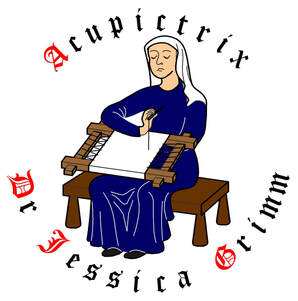
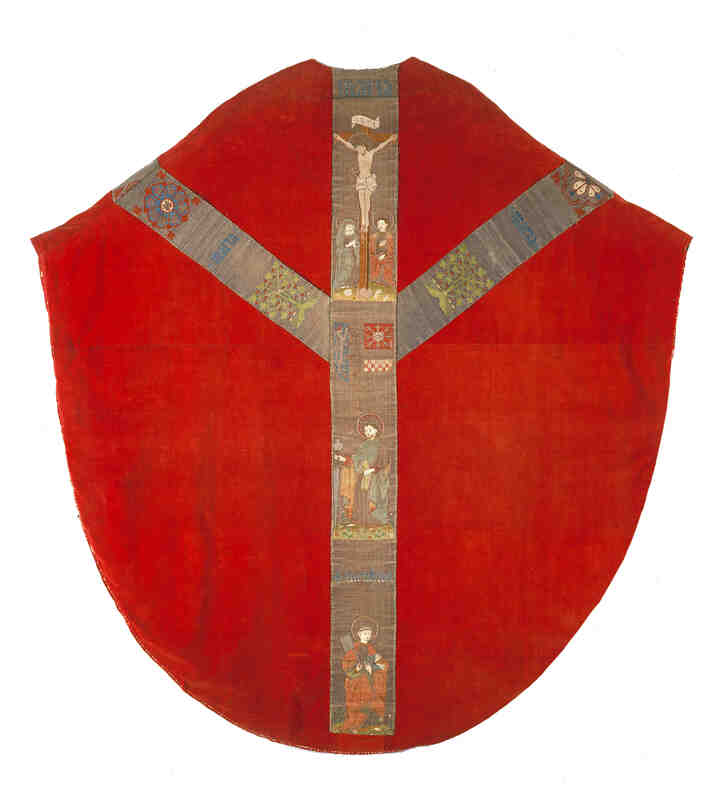
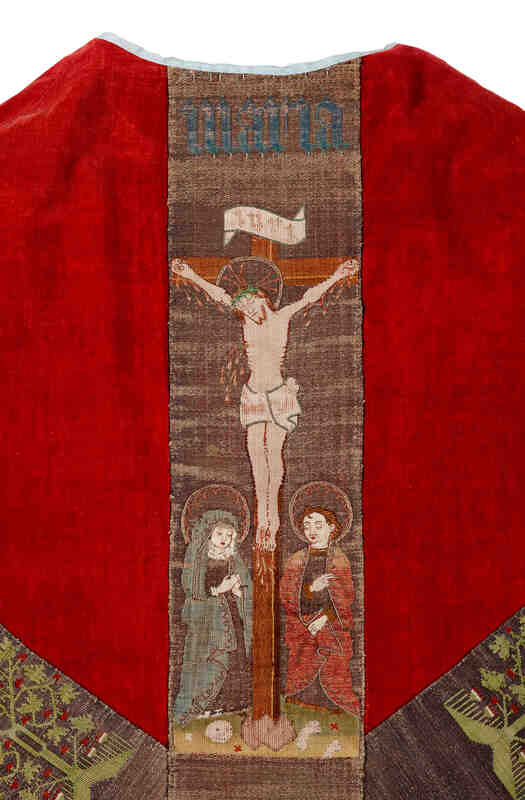
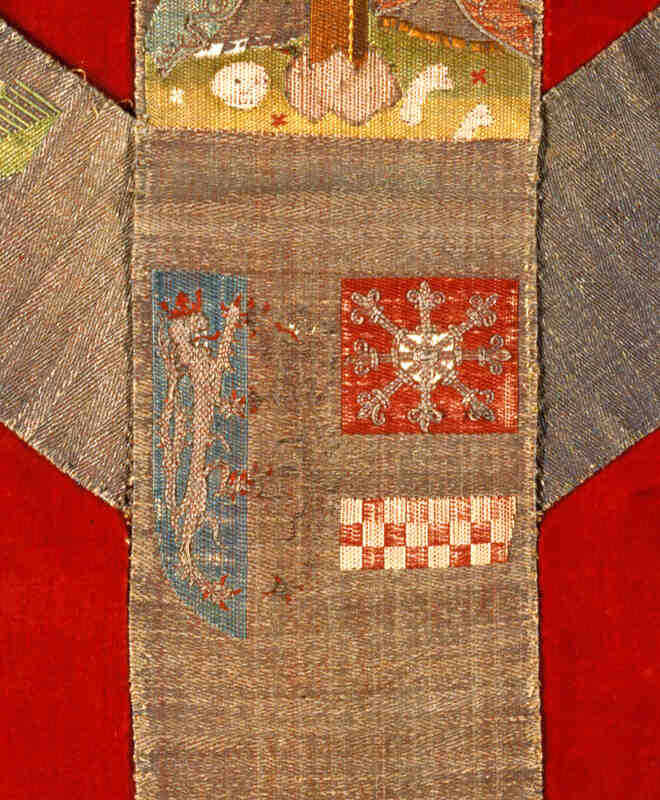



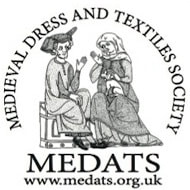

 RSS Feed
RSS Feed